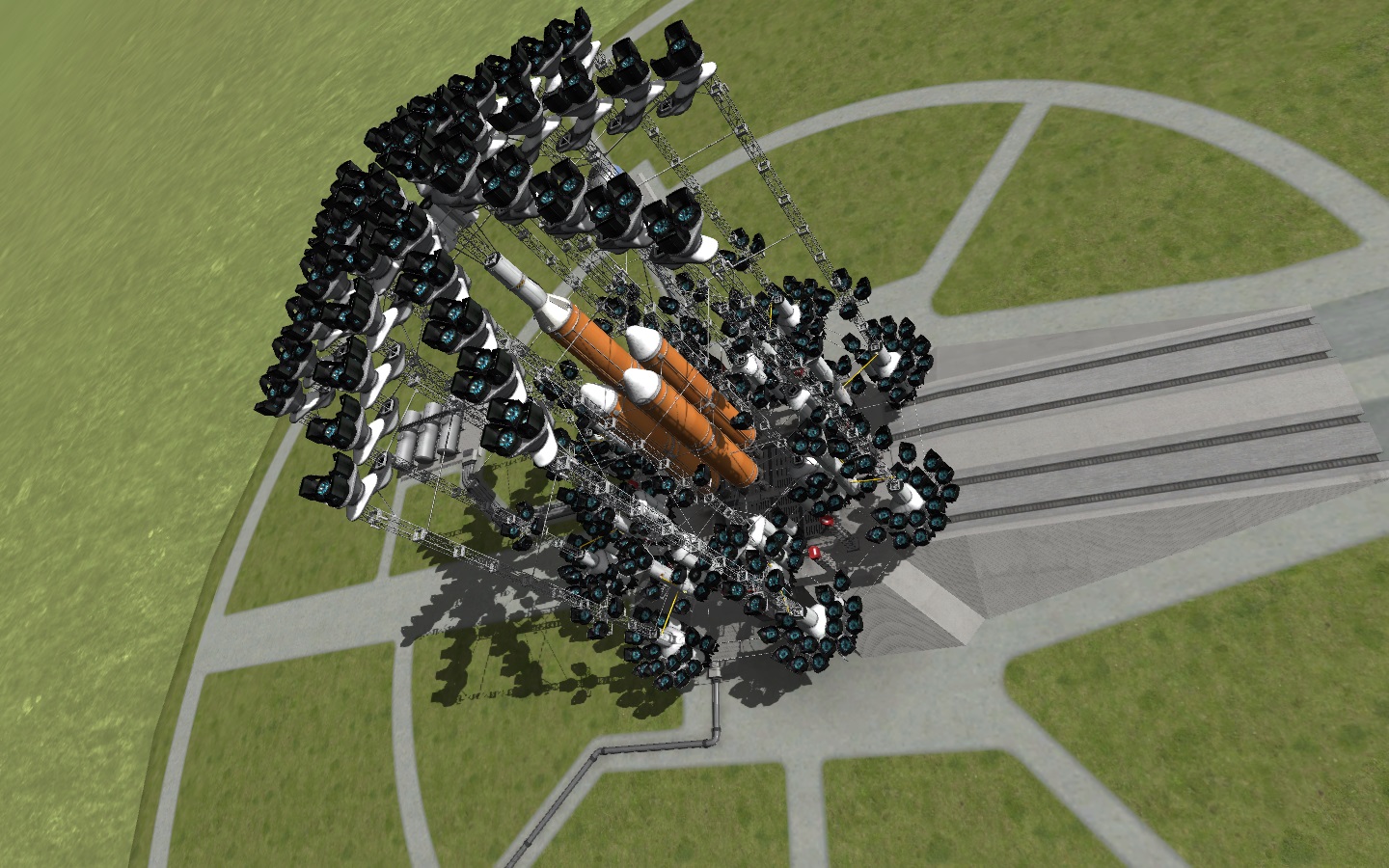pianokeys
MEL NO MUFFS
I work at an oil sands plant and its a complex operation. There is no question and no dispute that the place is designed to shut down, its not designed to run. There is so so so much safety built in to the process, that one little tiny thing can cause the whole plant to trip and just stop. There is instrumentation reading all kinds of variables that will initiate a shut down if those variables become out of control. Yet, my job is still legislated because even though this thing can run it self, it can't. Valves fail, motors fail, there are runaway process conditions that are caused by the automation logic itself, pipes burst, fires, water hammer, steam hammer, you name it. It happens. And usually when it does the control logic makes it worse, therefore, the government mandates that I, and other people with the same trade have to be there because were smarter than the automation. Because every time theres a problem, its either a routine one, new one with a few twists, or a problem we've never seen before and will never see ever again, the computers are not smart enough to figure that out. Humans still have to intervene.
So, I think its wayyyyy to early to see pilotless or single pilot airliners. Yes, you can program automation for lots of different situations, but never every situation. And some situations you will only ever see once. The only thing I see happening is maybe more automation. But even then, we will have to intervene at some points due to the computers inability to control whatever is going on thats undesirable. So until computers and automation can become as good and better than us at decision making, and its proven, we'll still be up front.
So, I think its wayyyyy to early to see pilotless or single pilot airliners. Yes, you can program automation for lots of different situations, but never every situation. And some situations you will only ever see once. The only thing I see happening is maybe more automation. But even then, we will have to intervene at some points due to the computers inability to control whatever is going on thats undesirable. So until computers and automation can become as good and better than us at decision making, and its proven, we'll still be up front.
Last edited:



